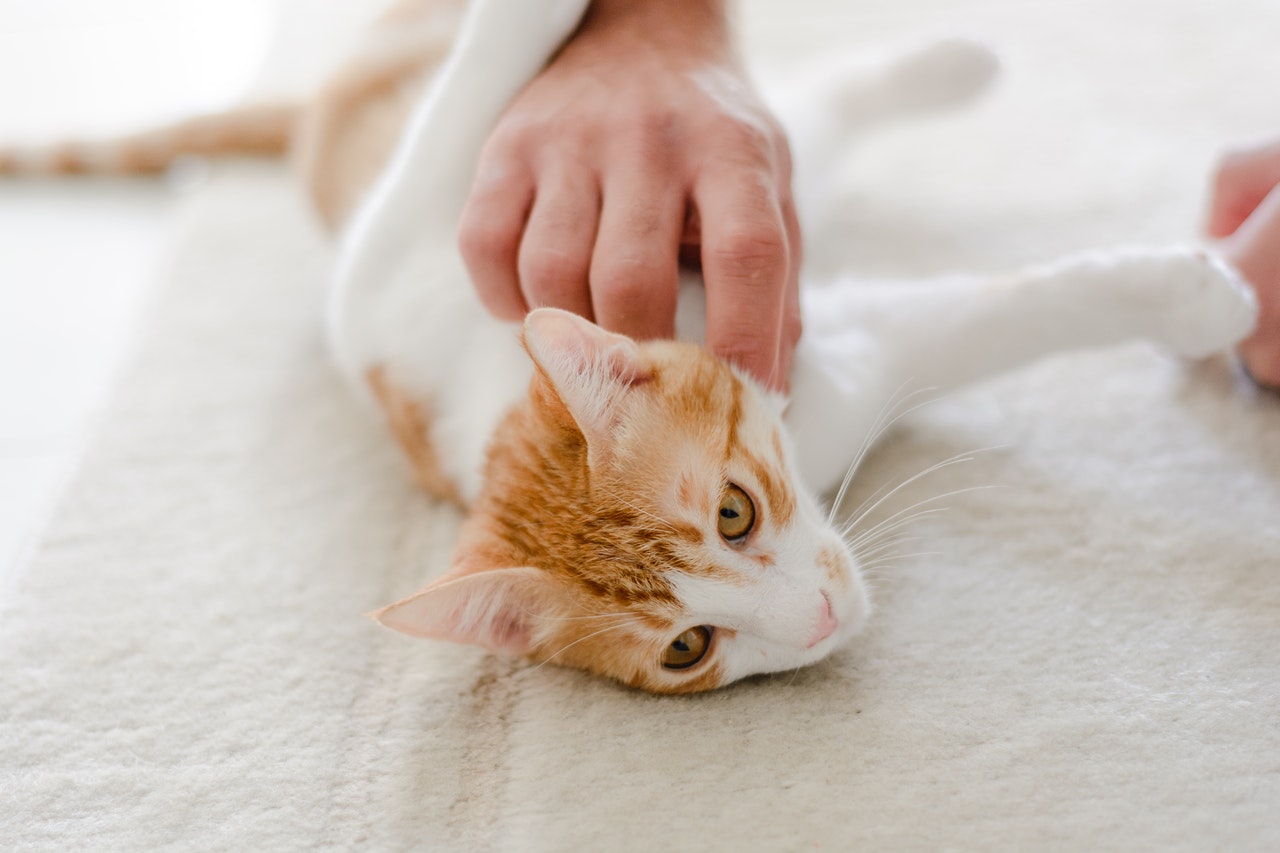
We are often asked why do cats purr? At least for cat people, curling up with their favorite ball of fur and listening to her purr is a near-heaven experience. That most seductive of home noises, however, remains cloaked in mystery and even a touch of magic, concealed between those vibrations.
There are several plausible ideas as to why cats purr. There’s no doubt that cats purr when they’re in a good mood. That’s not always the case, however: Some cats purr when they’re hurt or hungry. When it comes to stimulating bone repair, purring frequencies have been shown to be the most startling.
Even while you’ll never be able to decipher exactly what your cat is saying when they purr, you can make an educated guess based on information from animal specialists and the context.
Purring Is A Way Kittens Communicate With Their Mother
There is a two-week window in which kittens are completely blind and deaf. After only a few days, they begin purring to let their moms know where they are and to get their attention when it is time for feeding.
Cat owners who are subjected to a compulsive display of purring at mealtime will be familiar with this behavior, which persists until maturity. However, this is only one of several distinct ways in which the purr might be used in a given situation.
Your Cat Is Delighted
Similar to how dogs wag their tails, cat owners have witnessed their feline companion purr when they are comfortable and happy. Your cat is likely to be purring and kneading your leg or a blanket when you rub and scratch them on the lap.
This nonverbal method of communication tells you that life is fine and that your cat is quite pleased with the existing circumstances. It’s possible that cats correlate their purrs with favorable experiences with you. Even if they purr, you should continue petting them. It’s almost as though they’re putting you through your paces.
They Are Hungry or Want Something
There are certain cats who purr when they’re hungry. When it comes to house cats, researchers in the United Kingdom analyzed the sounds they make when they are hungry and when food is not on their minds.
The purrs don’t have the same tone anymore. A cat’s usual purr is mixed with an unpleasant cry or mew, which is similar to a human baby’s cry, when it is asking for food. People can recognize the difference between the purrs, even if they don’t have a cat of their own, according to research.
Cats Purr To Calm Themselves
However, while it is true that cats purr during periods of profound relaxation, animal scientists believe that cats also purr when they are under a great deal of stress or discomfort, such as during a vet visit or even during childbirth.
According to research, cats purr to comfort themselves, which means they’re just as likely to do so when they’re in a stressful or painful circumstance as they are when they’re cuddled up in their owner’s lap. The low-frequency vibrations produced by purring assist them in relaxing and calming their bodies after a stressful day.
Your Cat Is Self-Medicating
So why cats purr during labor? Exactly what does the sound of a cat’s purring mean then? You may find it amusing but, cats also employ purring as a way of self-medicating and pain treatment.
Cats purr at frequencies that, according to research, aid in the stimulation of healing, particularly in the case of bones and tendons. In addition to providing various health benefits, the frequency may also help to alleviate discomfort, facilitate breathing, and develop muscles.
Bottom Line
So, how do you figure out if your cat is purring for a reason? ” Observing their body language and context is the greatest way to get a sense of what they’re saying. If they’re purring early morning, it could be a sign that they’re hungry.
Your cat may be greeting you when you get back home following a long day at work, and if they are resting on your lap, purring peacefully, they may simply be communicating their happiness of your return from work.






